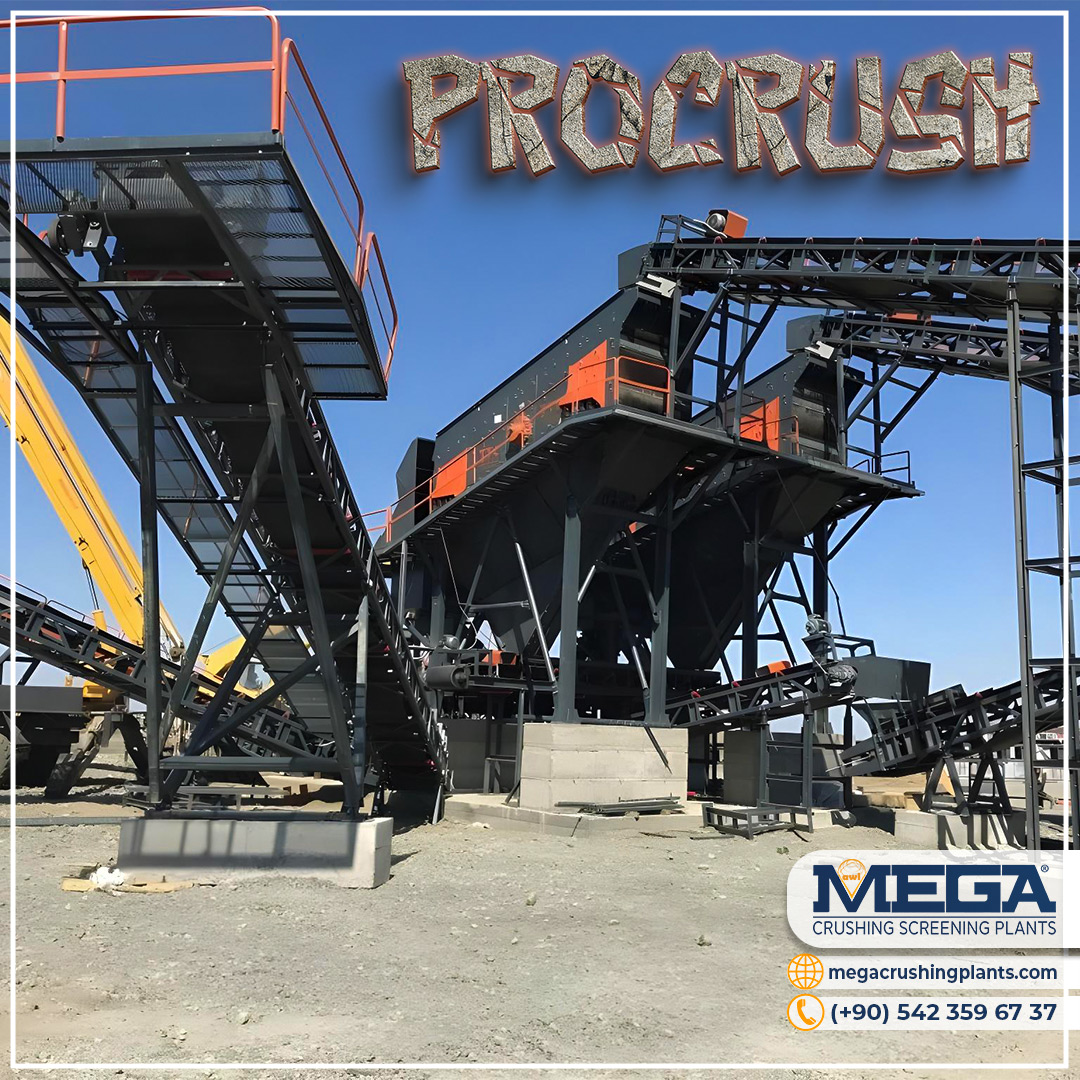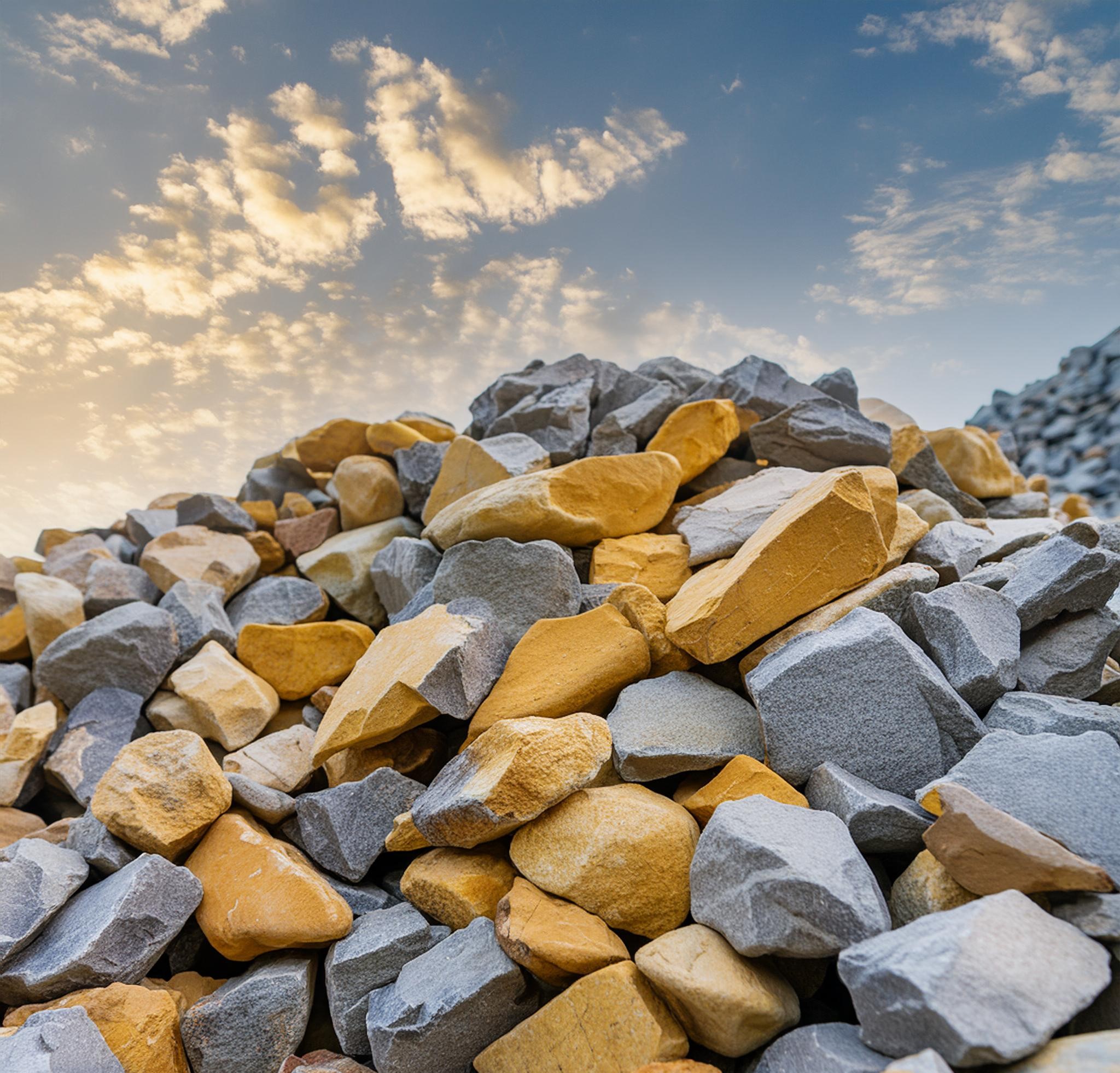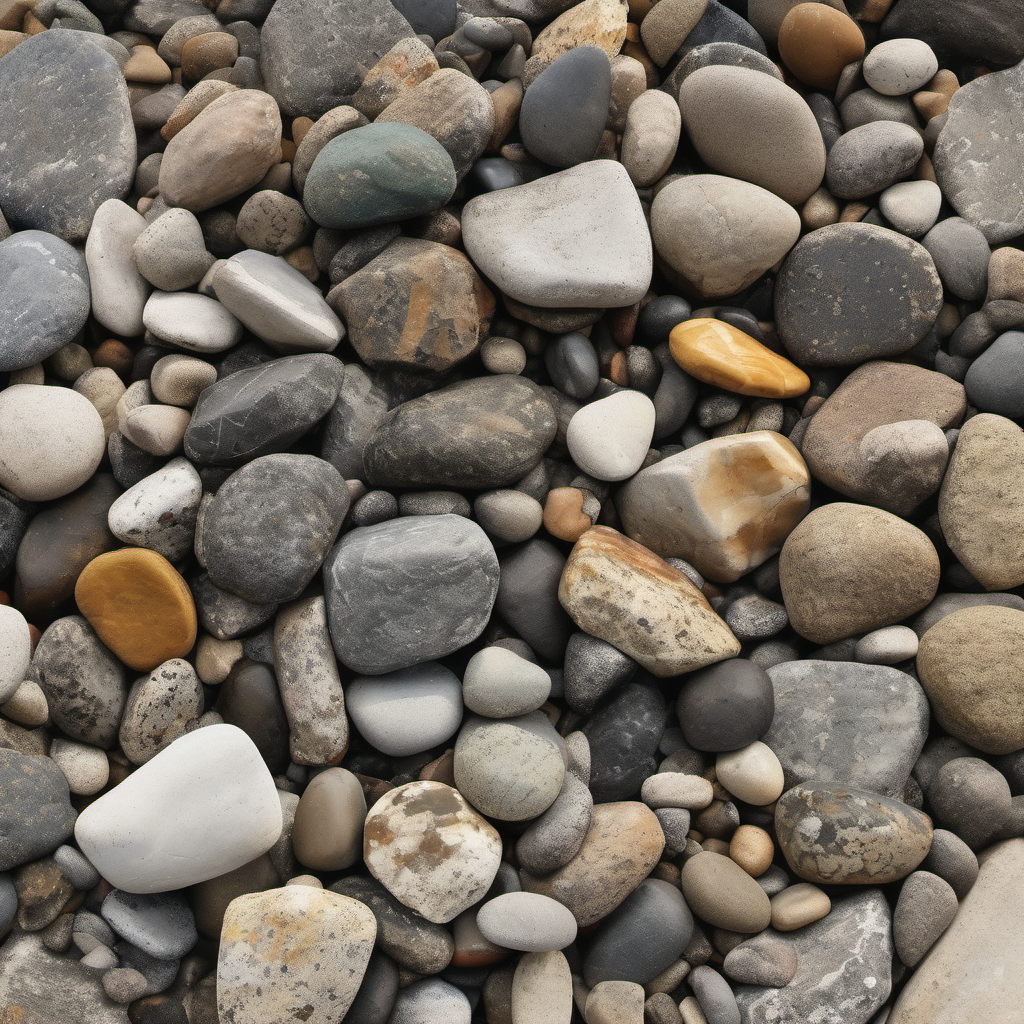Types of Crushing and Screening Plants
Introduction of Types of Crushing and Screening Plants:
Crushing and screening plants are essential in many industries, including mining, construction, and recycling. They break down large rocks and other raw materials into smaller, manageable sizes and separate materials by size to meet specific project requirements.
The focus on stationary and mobile plants is crucial because they serve different project needs. Stationary plants are typically used for large-scale, long-term projects, while mobile plants offer flexibility and mobility for short-term or variable-location projects.
1. Stationary Crushing and Screening Plants
What Are Stationary Plants?
These are plants designed to stay in a fixed location for an extended period. They are often large, complex systems with multiple components like crushers, multi layer screens, conveyors, and feeders.
Stationary plants are best suited for operations where the source of raw material is fixed, such as a permanent quarry or a large mining site.
1.2. Stationary Plants:
I would like to divide into 4 major units for stationary plants for better understanding. These units has specific elements and crushers fo their purpose. You can check our blog to understand the crushers and their functions here.
1.2.1. Primary Crushing:
The first stage in the crushing process, where large rocks are crushed into smaller pieces. Equipment includes jaw crushers or primer Impact crushers.
Typically located close to the raw material source to minimize transport costs.
1.2.2. Secondary Crushing:
Follows primary crushing, further reducing material size using cone crushers or impact crushers.
Helps produce finer material, often used in construction aggregates.
1.2.3. Tertiary Crushing:
Final stage of crushing, where material is reduced to specific sizes, often using vertical shaft impactors (VSIs) or other specialized crushers.
Produces material suitable for high-spec applications like asphalt and concrete.
1.2.4. Screening:
Separates crushed material into different size ranges using vibrating screens or rotary trommels.
Ensures that the final product meets required specifications.
Visit our blog (here) to get extensive knowledge about the crushers!
1.3. Applications for Stationary Plants:
You can visit our blog here for a better understanding and to gain knowledge about mountain and river materials.
1.3.1. Mountain Raw Material Processing:
Ideal for processing hard and abrasive materials like granite, basalt, and limestone.
Commonly used in fixed locations such as quarries in mountainous regions.
1.3.2. River Material Processing:
Suitable for processing river gravel, sand, and other sedimentary materials.
Often used in fixed locations near riverbanks or deposits.
Each type of rock has a different level of hardness. River materials are stronger and more abrasive than mountain rocks. To learn more, visit our blog.
2. Mobile Crushing and Screening Plants
What Are Mobile Plants?
Mobile plants are designed for flexibility and are mounted on tracks or wheels for easy transportation and setup. They are ideal for projects that require frequent relocation or where the raw material source is spread across different locations.
Mobile plants can be quickly deployed and are perfect for short-term projects or those with variable material sources.
2.1. Types of Mobile Plants
2.1.2. Tracked Mobile Plants:
Highly mobile, can operate in challenging terrains like mountains or remote areas.
Includes tracked jaw crushers, cone crushers, and screening units.
Suitable for on-site crushing and screening where the terrain is rugged and requires flexibility.
2.1.3. Wheeled Mobile Plants:
Mounted on wheels for easier transportation on roads, making them ideal for urban or suburban projects.
Typically involves semi-mobile units that can be moved from site to site with minimal setup time.
Best suited for projects where material needs to be processed in multiple locations within a short timeframe.
2.2. Applications for Mobile Plants:
2.2.1. Mountain Raw Material Processing:
Used in mobile quarries or construction sites located in rugged terrains.
Can crush and screen hard rock material on-site, reducing transportation costs and improving efficiency.
2.2.2. River Material Processing:
Ideal for processing material directly at the riverbed or along riverbanks.
Mobile screens can separate sand, gravel, and other materials directly from the source, making it cost-effective for projects near water bodies.
3. Comparing Stationary and Mobile Plants
3.1. Flexibility:
- Mobile plants offer unmatched flexibility, allowing them to be relocated as needed, making them ideal for projects with varying material sources or short timelines.
- Stationary plants, while less flexible, are highly efficient for long-term projects with consistent material sources.
3.2. Cost:
- Stationary Plants: Typically involve higher upfront costs due to their size and permanence, but lower operating costs over time for large-scale operations.
- Mobile Plants: Lower upfront costs and flexibility but may involve higher transportation and setup costs if frequently relocated.
3.3. Efficiency:
- Stationary plants generally offer higher production capacities and are more suitable for processing large volumes of material consistently.
- Mobile plants are more efficient for projects requiring quick setup and minimal infrastructure, particularly in remote or urban areas.
3.4. Environmental Impact:
- Stationary Plants: May have a larger environmental footprint due to permanent installation and infrastructure requirements.
- Mobile Plants: Typically have a smaller footprint and can be deployed with minimal environmental disturbance, particularly useful in sensitive areas like riverbeds.
4. Choosing the Right Plant for Your Project
4.1. Factors to Consider:
- Project Scale: Larger projects with long-term material sources are better suited to stationary plants, while smaller, short-term projects benefit from mobile solutions.
- Material Type: The hardness, abrasiveness, and size of the raw material will influence whether a stationary or mobile plant is more appropriate.
- Location: Consider the proximity of the raw material to the plant site. Stationary plants are ideal for fixed locations, while mobile plants can be transported to the material source.
- Budget: Assess the long-term costs of operation versus the upfront investment. Stationary plants might be costlier upfront but can be more economical over time for large operations.
- Case Studies or Examples (Optional):
Showcase successful installations of stationary and mobile plants in different scenarios, such as a large mining operation using stationary plants or a construction project using mobile plants to process material on-site.
Types of Crushing and Screening Plants
5. Conclusion
Summarize the key points discussed, emphasizing the importance of choosing the right type of crushing and screening plant based on project needs.
Briefly discuss future trends, such as advancements in mobile plant technology, automation, and environmental considerations.
Contact us for your questions, we provide solutions to your projects!





